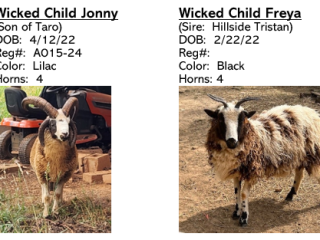Navajo-churro ram for sale – proven breeder
- 6 months ago
- by rickiewhite
- Sheep
- North Carolina
- 148 views
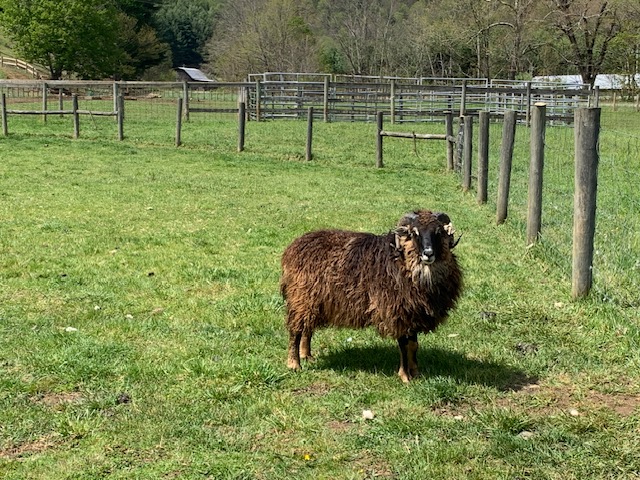
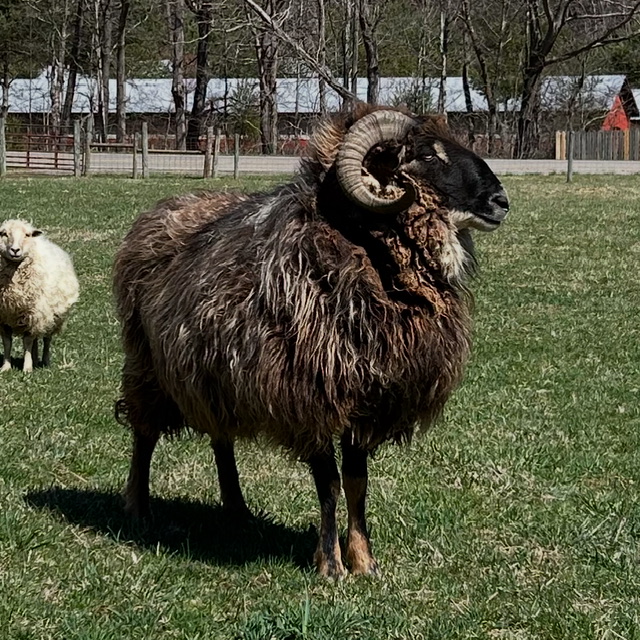
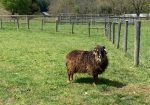
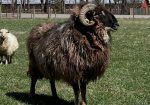
$350
4 year old Navajo-churro ram who is a proven breeder. $350. Must arrange for transportation from our farm in Lansing, North Carolina.
- Species, Product, or Service: Sheep
- Breed Product or Service: Navajo-churro
Report Abuse
×Location
1819 Helton Creek Rd, Lansing, NC,28643,North Carolina

